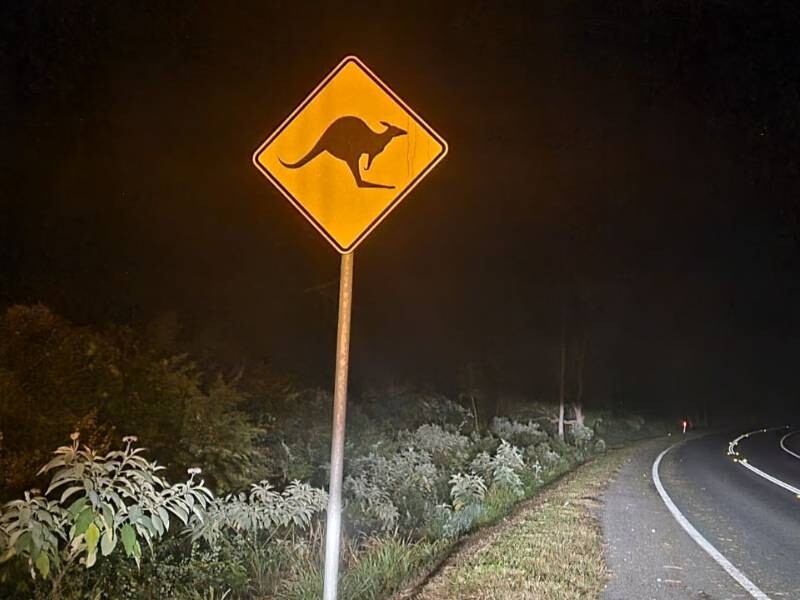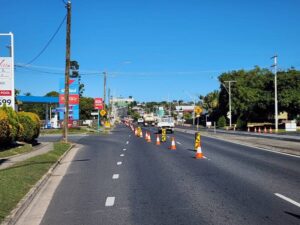Traversing rural landscapes after dark is not just a serene drive under the stars; it’s a journey fraught with unique challenges. The beauty of the countryside is offset by risks that demand vigilance and caution. Our Traffic Controllers, seasoned in nightworks, share insights on how to safely navigate these risks.
Understanding the Risks of Nighttime Rural Driving
Dealing with Poorly Lit Road Sections
The absence of adequate lighting on rural roads significantly increases the risk of accidents. Winding paths and narrow lanes, often shrouded in darkness, require careful navigation.
Limited Vision in Low-Light Conditions
As the sun sets, the lack of natural light in rural areas complicates the driving experience. Anticipating road conditions becomes a challenge, highlighting the need for cautious driving at reduced speeds.
Mitigating Nighttime Driving Hazards
Encounters with Nocturnal Wildlife
Night brings out an array of wildlife, turning rural roads into potential hotspots for animal crossings. Awareness and reduced speeds are crucial to prevent collisions.
Navigating Around Natural Obstacles
Tree foliage and overhanging branches can obscure important signs and road hazards. Drivers must remain alert and maintain a keen eye for such hidden dangers.
Adopting Defensive Driving Practices
Enhancing Safety on Rural Roads at Night
Embracing defensive driving techniques is key to a safe journey through rural areas at night. This includes maintaining appropriate speeds, using high beams judiciously, and staying alert to the changing environment.
Conclusion
While driving through rural areas at night offers an escape into nature’s tranquillity, it’s essential to respect the inherent risks. By understanding and adapting to these challenges, drivers can ensure a safe and enjoyable experience under the night sky.
FAQs
What are the main risks of driving on rural roads at night?
Key risks include poorly lit road sections, limited vision due to low light, unexpected encounters with wildlife, and obscured road signs due to overhanging foliage.
How can drivers mitigate the risk of wildlife encounters?
Reducing speed, staying vigilant, and using high beams when appropriate can help mitigate the risk of wildlife encounters on rural roads at night.
What defensive driving practices are recommended for nighttime rural driving?
Defensive driving practices include maintaining lower speeds, using high beams judiciously, being alert to environmental changes, and preparing for unexpected obstacles.
Why is visibility a major concern on rural roads at night?
Visibility is a concern due to the lack of natural light and minimal road illumination, making it difficult to anticipate road conditions and hazards.
Can traffic control measures help in improving nighttime rural road safety?
Yes, traffic control measures, such as proper signage and temporary lighting, can significantly improve safety on rural roads during nighttime operations.





